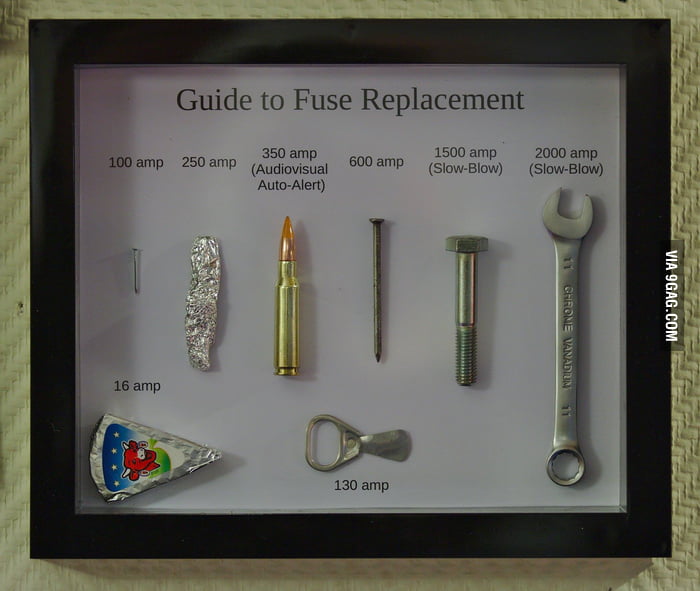verysupple
Supremely mediocre brewer
- Joined
- 23/9/12
- Messages
- 1,057
- Reaction score
- 268
Hi all,
I'm designing a new rig at the moment, although it probably won't get built for a fair while. It's going to be pretty much the same as QldKev's recirculating 1V system which is detailed in threads here if you seach for it (and I thought I was so clever and original until I started resarching it... ).
).
Anyhoos, I've already got a Tobins 2400 W over the side immersion element which I plan to use, at least to start with. I might add a 2200 W fixed element later if I think I need it and just use the OTS for a boost during ramps to strike temp and boil. Either way, at least one of the elements will be PID controlled during the mash. I'm planning to use a Kaixin pump for the recirculation.
So, my first query is if it's going to be a problem having the PID and the 2400 W element running off a single 10 A GPO? It'd only be 10.02 - 10.05 A max. so I'm guessing that's fine? The pump and whatever other devices would be running off a second GPO.
My second query is if it's necessary to get a heavy duty extension lead (15 A, 1.5 mm2, but with 10 A plugs so they fit in the GPOs)? Part of me thinks if it needs to carry 10 A and it's rated for 10 A it'll be fine, but I've read comments in other threads suggesting it might not be. The part I don't really understand is what's the point in having cable rated for 15 A if the plugs and GPO are only rated for 10?
My third query is to do with the photo below of my fuse box. I've figured out which circuits have power outlets near to my soon-ish to be brewing area (the balcony of our apartment, I currently brew in the kitchen on the stove) and I'm just wondering how trustworthy the current rating labels are on the fuses, as the most convenient setup would be to use two different GPOs on the one 28 (?) A circuit.
And lastly, I'm not sure if that's a circuit breaker on the far left (sorry I cut it off a bit). It says "AC 250 V, 80 A". Even if it is, 80 A seems like a lot. Is it worth incorporating a 10 A RCBO into my PID? Everything will be earthed properly but you can never be too careful when electricty and liquids are involved, right?
Sorry for the long-winded, many questioned post. All advice is greatly appreciated.

I'm designing a new rig at the moment, although it probably won't get built for a fair while. It's going to be pretty much the same as QldKev's recirculating 1V system which is detailed in threads here if you seach for it (and I thought I was so clever and original until I started resarching it...
Anyhoos, I've already got a Tobins 2400 W over the side immersion element which I plan to use, at least to start with. I might add a 2200 W fixed element later if I think I need it and just use the OTS for a boost during ramps to strike temp and boil. Either way, at least one of the elements will be PID controlled during the mash. I'm planning to use a Kaixin pump for the recirculation.
So, my first query is if it's going to be a problem having the PID and the 2400 W element running off a single 10 A GPO? It'd only be 10.02 - 10.05 A max. so I'm guessing that's fine? The pump and whatever other devices would be running off a second GPO.
My second query is if it's necessary to get a heavy duty extension lead (15 A, 1.5 mm2, but with 10 A plugs so they fit in the GPOs)? Part of me thinks if it needs to carry 10 A and it's rated for 10 A it'll be fine, but I've read comments in other threads suggesting it might not be. The part I don't really understand is what's the point in having cable rated for 15 A if the plugs and GPO are only rated for 10?
My third query is to do with the photo below of my fuse box. I've figured out which circuits have power outlets near to my soon-ish to be brewing area (the balcony of our apartment, I currently brew in the kitchen on the stove) and I'm just wondering how trustworthy the current rating labels are on the fuses, as the most convenient setup would be to use two different GPOs on the one 28 (?) A circuit.
And lastly, I'm not sure if that's a circuit breaker on the far left (sorry I cut it off a bit). It says "AC 250 V, 80 A". Even if it is, 80 A seems like a lot. Is it worth incorporating a 10 A RCBO into my PID? Everything will be earthed properly but you can never be too careful when electricty and liquids are involved, right?
Sorry for the long-winded, many questioned post. All advice is greatly appreciated.






